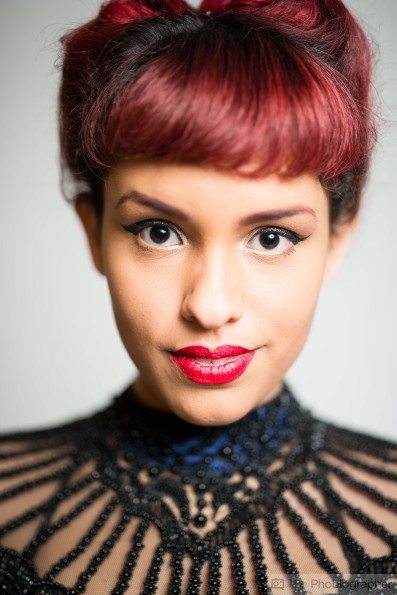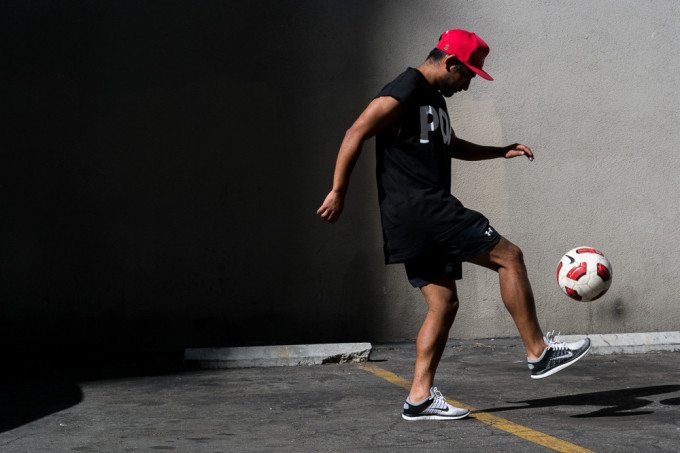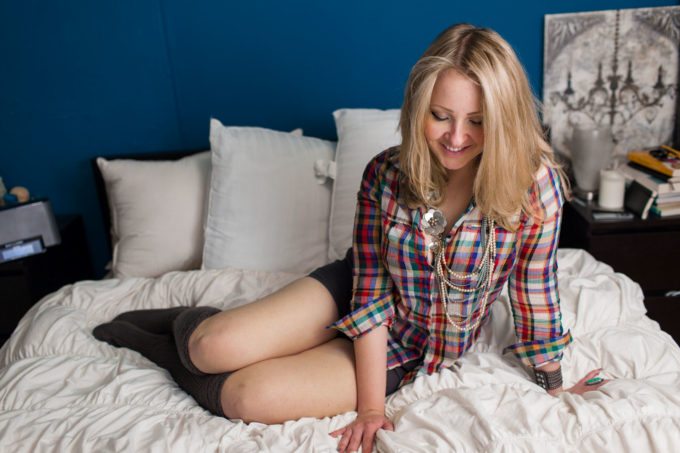We are dependant on light to make our photographs. So, it is important to learn to evaluate the quality of light that we have to work with to determine the final look of our photographs. Identifying and recognizing the qualities of the light results in us making important decisions regarding exposure, white balance and even camera position. Here are some questions to ask yourself to help you make the most of the light you have to work with whether you are photographing people, landscapes, food or abstracts.

What direction is the light coming from?
Knowing this will determine what position you may want to shoot from. If you are working with direct sunlight, you have the choice of having your subject front-lit, side-lit or backlit. Your choice will result in very different results.
Where are the shadows falling?
If you photograph using direct sunlight, there will be hard, well-defined shadows present. So, pay attention as to where they are falling and decide whether they benefit your subject or are obscuring important details.
How strong is the light source?
The strength of the light source will have a direct impact on your ISO and your shutter speed. Simply eyeballing your shutter speed can tell you a lot. If the shutter speed is too slow to hand-hold, you will need to increase your ISO, open up the aperture or a combination of the two.
What is the light source?
Sunlight, fluorescent, tungsten, LEDs, halogen and energy-efficient bulbs produce very different qualities of light at different color temperatures. To get the most accurate color, use a white balance preset or create a custom white balance.
What is the dominant light source?
There will be times when you are photographing under mixed lighting where there are two or more light sources present in the scene. Determine which is your dominant light source with respect to your subject and set your white balance accordingly.
How high is the contrast?
If you are facing some form of directional light, shadows will be present. Take a test shot to determine the level of contrast and whether you want to recover some of that shadow detail with the use of fill flash or a reflector.
Am I dealing with two qualities of light?
Some scenes may have two different qualities of light (e.g. direct sunlight/shade), which means differences in quantity and color temperature. Depending on how you want your image to look you may move your subject into one or the other, or bias the exposure/white balance for the dominant light source and allow the qualities of the secondary light fall where they might.



